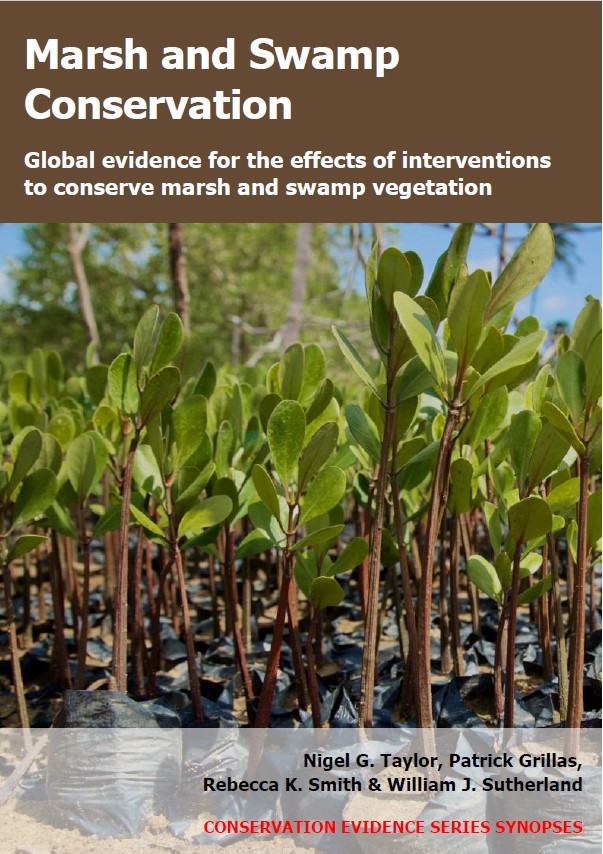Remove surface soil/sediment: brackish/salt marshes
-
Overall effectiveness category Unknown effectiveness (limited evidence)
-
Number of studies: 1
View assessment score
Hide assessment score
How is the evidence assessed?
-
Effectiveness
40% -
Certainty
25% -
Harms
10%
Study locations
Supporting evidence from individual studies
A study in 1997–1999 aiming to create a brackish marsh on coastal farmland in the Netherlands (Bakker et al. 2002) reported that an area from which topsoil was removed was colonized by farmland weeds and some plant species characteristic of brackish marshes. Two years after topsoil removal, 23 plant species were recorded in the study area. The most abundant taxa were mostly farmland weeds/generalists, such as chamomile Matricaria recutita (in 97% of quadrats), sow thistle Sonchus oleraceus (76%) and meadow grass Poa annua (61%). Taxa characteristic of brackish marshes included rushes Juncus spp. (in 97% of quadrats), sea aster Aster tripolium (7%) and alkali bulrush Scirpus maritimus (5%). The study does not define a full list of characteristic species. Methods: In 1997, a 30 cm layer of topsoil was stripped from an area of coastal farmland (Emmapolder). Not all topsoil was completely removed from the site: some was stored in rows on site, and so provided a source of farmland weed seeds. Brackish groundwater naturally seeped towards the ground surface. In 1999, vegetation was surveyed in an unplanted area of the site, next to a pool (100 quadrats, each 0.4 m2).
Study and other actions tested
Where has this evidence come from?
List of journals searched by synopsis
All the journals searched for all synopses
This Action forms part of the Action Synopsis:
Marsh and Swamp Conservation
Marsh and Swamp Conservation - Published 2021
Marsh and Swamp Synopsis





)_2023.JPG)














